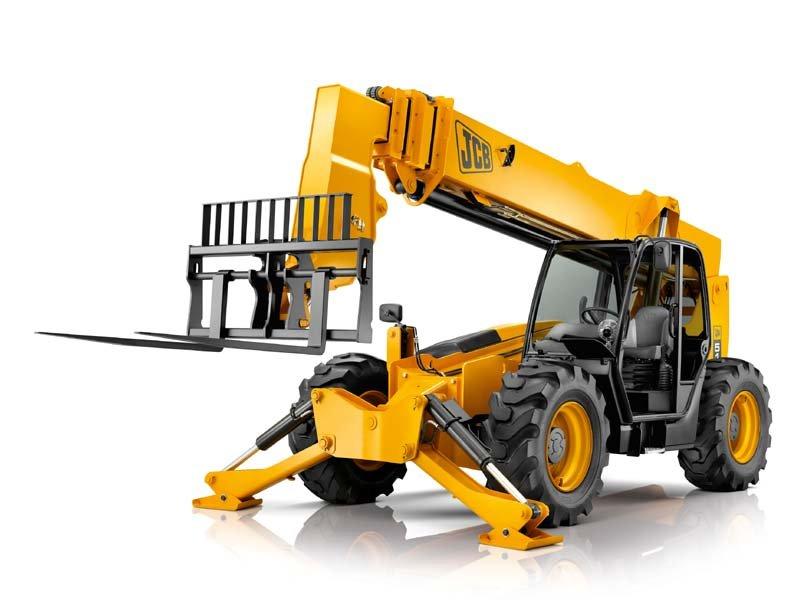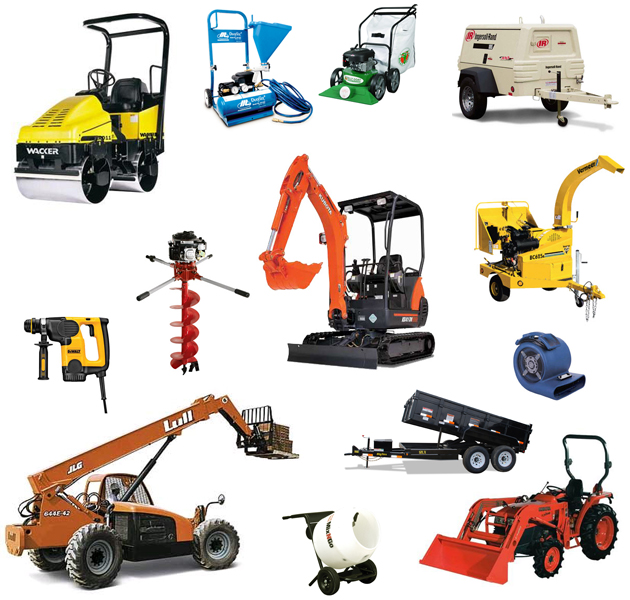Mini Excavator Rental: Compact and Powerful Digging Solutions
Mini Excavator Rental: Compact and Powerful Digging Solutions
Blog Article
Opening the Advantages of Renting Out Commonly Utilized Building And Construction Tools
In the realm of construction tasks, the decision to rent generally utilized devices rather than acquiring it outright has actually ended up being a calculated choice for many companies. This change in the direction of tools rental is not simply a pattern however a computed company relocation with numerous advantages that move task performance and cost-effectiveness.
Cost-Efficiency
Using rented out construction tools can substantially improve cost-efficiency on project sites by lessening in advance capital investments and decreasing upkeep costs. By opting to rent tools instead than acquiring it outright, building and construction companies can allot their financial resources better, particularly in tasks where details tools may only be needed for a minimal duration. Renting building and construction devices additionally removes the requirement for expensive storage space facilities and the costs related to equipment maintenance, repairs, and upgrades.

Adaptability in Task Requirements
Offered the diverse requirements of building and construction tasks, the versatility of renting out construction equipment allows business to adjust promptly to changing project needs without being strained by possession constraints. Building tasks typically entail varying tasks, timelines, and extents, requiring different kinds of equipment at different phases. Renting tools offers the dexterity needed to meet these progressing demands without the hassle of owning and keeping a diverse fleet of equipment.
Versatility in project needs is vital for building and construction business dealing with uncertainties such as task delays, scope modifications, or unforeseen equipment failings. Leasing construction tools allows firms to scale their operations up or down as required, ensuring they have the right tools offered specifically when needed. This versatility minimizes downtime, boosts project effectiveness, and inevitably contributes to far better project end results.
Furthermore, renting out allows firms to gain access to specific tools for particular tasks without the long-term commitment or investment related to buying (boom lift rental). This flexibility empowers building companies to handle a wider variety of tasks, recognizing they can easily acquire the called for tools without being constricted by ownership constraints
Elimination of Maintenance Costs
Renting out building devices supplies a substantial benefit in the removal of maintenance image source prices for business involved in building and construction tasks. By deciding to rent tools instead of own it, firms can prevent the substantial economic worry connected with maintaining and servicing equipment. Upkeep expenses for construction equipment can be unpredictable and frequently require specialized knowledge and resources to attend to concerns efficiently. Leasing devices shifts the obligation of maintenance onto the rental firm, minimizing the requirement for in-house auto mechanics, extra components supply, and repair service facilities.

Access to Most Recent Equipment Models
With leasing construction devices, firms access to the most up to date equipment models, enhancing their operational efficiency and project results. By choosing to rent out as opposed to purchase devices, companies can use sophisticated equipment without the considerable in advance financial investment required for ownership. This accessibility to one of the most current tools designs makes certain that tasks are completed making use of innovative innovation, resulting in better job and raised performance.
The newest why not try these out tools designs typically come furnished with cutting-edge features and modern technologies that can improve building procedures and boost total efficiency. Renting out permits companies to stay affordable by utilizing modern tools that meets the needs of modern-day building projects. Additionally, renting provides the adaptability to choose one of the most appropriate equipment for each and every job, ensuring optimum results.
Moreover, having accessibility to the newest devices models through renting enables companies to adjust to altering project requirements quickly. As opposed to being limited to out-of-date equipment, firms can easily change to newer designs to fulfill developing project requirements, ultimately boosting project effectiveness and success.
Optimize Business Procedures
To maximize functional performance and enhance task implementation, leveraging the most up to date equipment designs through leasing construction devices can significantly maximize business operations. Renting commonly made use of building and construction equipment allows business to access a wide variety of specialized tools without the worry of possession prices. By renting equipment tailored to certain task demands, organizations can ensure they have the right devices for the job, eliminating delays triggered by devices shortages or upkeep problems. This adaptability in tools choice allows business to adjust swiftly to job requirements, improving overall performance and job timelines (boom lift rental).
Moreover, renting out building equipment can aid services avoid the hefty upfront expenses connected with buying brand-new machinery. This cost-effective technique permits firms to designate their economic sources more strategically, purchasing other locations of the service for growth and development. Furthermore, leasing equipment eliminates the demand for long-lasting storage space and upkeep, maximizing valuable space and resources that can be rerouted towards core organization activities. Generally, maximizing organization procedures through leasing commonly made use of building devices can cause boosted efficiency, cost financial savings, and enhanced task end results.
Conclusion
To conclude, renting frequently made use of building and construction devices provides cost-efficiency, adaptability in task needs, elimination of types of heavy machinery upkeep costs, access to most recent equipment versions, and optimization of service procedures. This strategy permits companies to conserve money, adjust to changing task requirements, reduce overhead expenditures, remain upgraded with technical innovations, and improve their procedures for increased productivity and success.
Report this page